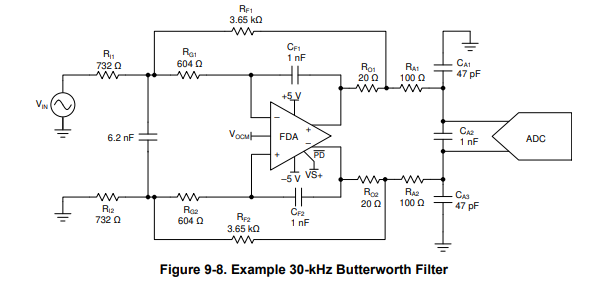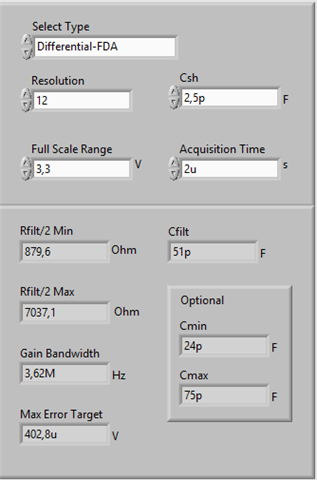Other Parts Discussed in Thread: OPA1637
Tool/software:
Hello,
I must connect the diffrential output of a THP210 op amp which has 30 mA output capability and enough bandwith over a long twisted pair cable AWG 22 to a 12 Bit SAR ADC inputs.
The application has the following parameters:
Amplifier Power supply : 3.3 VDC
Frequency range : 10 Hz to 20 KHz
Cable : Dual Twisted pair shielded AWG 22 ETFE, length may vary from 10 meter (30 FT) up to 100 meters (300 Ft)
I know that it's currently done with some audio sensors but my questions are the following :
- Do I have to teminate the line with something like a resistor or a transformer for adaptive impedance ?
- Where to place the ADC input filters, close to the amplifier outputs or close to the ADC input side ?
- Is it the best method for this application ?
Thanks for,your advise.
Kind Regards,
Guy





